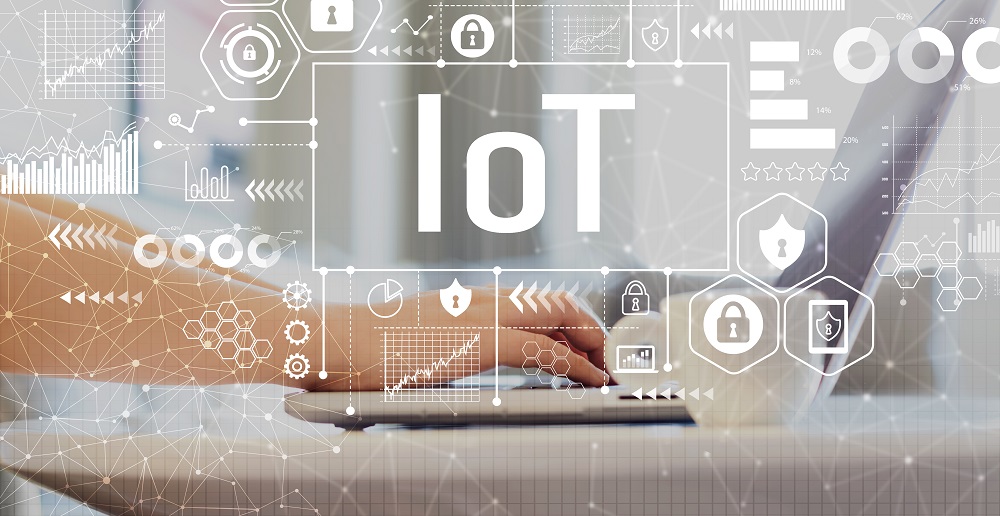LAST YEAR, the coronavirus pandemic created a variety of opportunities for Internet of Things integrators, such as implementing thermal scanning systems for identifying potentially infected people, systems that measure adherence to physical distancing requirements, check-in stations, and contact tracing applications. Integrators now have an opportunity to leverage technology put in place to address specific COVID-19-related needs and apply it to other use cases as the requirements of the workforce change.
For pandemic health- and safety-related applications in demand at the height of the pandemic, “”the urgency has waned,”” says Lou Lutostanski, vice president of IoT at Avnet. Some applications, like temperature sensors, will no longer be used at all, according to Bob O’Donnell, president and chief analyst at TECHnalysis Research, a market research and consulting firm. “There’s no way people will go back [to an establishment] if they have to get their temperature checked,” he says.
Other applications in demand during the pandemic, such as touchless access control systems to cut viral transmission, proved their value for ongoing use, says Mike Bloomfield, president geek of Tekie Geek, an MSP and AV integrator in Staten Island, N.Y. “These are getting more affordable with IP and wireless access controls, and we now resell KISI’s smartphone access software to replace keycards,” he explains.
Security, always in demand, became even more desirable to monitor offices left empty during the pandemic, adds Bloomfield. “New customers bought new video surveillance and monitoring systems, and many existing customers added cameras.” He expects video sales to continue to increase.
Bloomfield considers Wi-Fi an enabling technology for IoT, and his customers scrambled to upgrade systems in the office and home. “We saw a huge uptick in Wi-Fi for the entire home to support new IoT” and other wireless devices, he says. Wireless demand will continue increasing, Bloomfield predicts, especially as 5G becomes available in more areas.
Another pandemic-specific application, employee tracking technology for social distancing, is morphing into worker security apps for contact tracing, safety/compliance rules, and geofencing. Counting people is a short step away from access control, while geofencing and contact tracing are useful for physical security monitoring to make sure only authorized employees are in sensitive areas, says Lutostanski. At retail outlets, similarly, “dwell time and density can be useful in informing store layouts.” Other technology deployed for the pandemic, he adds, such as facial recognition for access control, can be used in zero-touch kiosk and banking applications.
Since the vaccine rollout, there’s also been an increased interest in cold-chain technology, including temperature controls across a logistics chain. “One of Avnet’s customers is working on temperature control for COVID-19 vaccines within a warehouse and distribution system,” says Lutostanski, noting that solutions like that have longer-term uses. Automating temperature monitoring with IoT to replace manually checking a physical thermometer, for example, is a horizontal application that could be applied in the healthcare, pharmaceuticals, food service, and other verticals.
What lessons did we learn for the next emergency? For healthcare specifically, says Lutostanski, “there was a need to have strong networks to support makeshift field hospitals and expanded COVID-19 wards.”” The technologies implemented as part of those efforts, such as IoT-enabled bedside monitoring and mobile server/comms towers, will make organizations better prepared the next time short-term care sites are needed, such as for disaster recovery aid, he says.
Bloomfield, for his part, didn’t invest in pandemic-specific products, but focused on Wi-Fi, surveillance systems, video monitoring, and touchless access systems in 2020. He believes those areas will continue to drive new business through 2021 and 2022.














